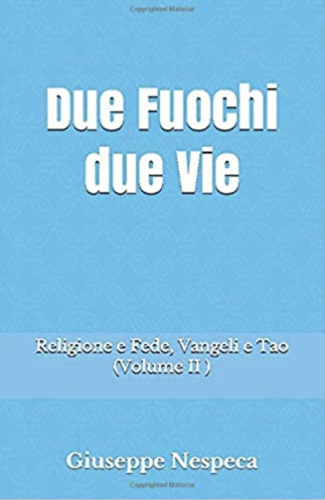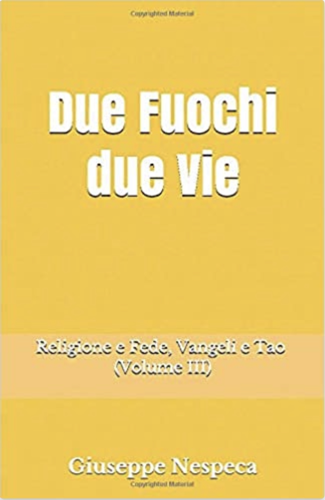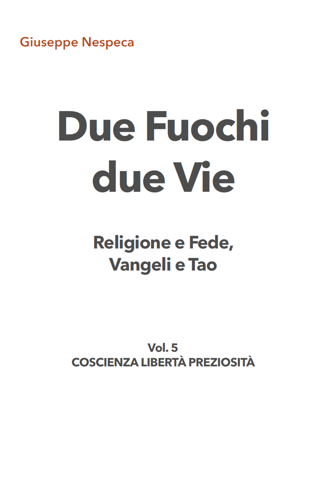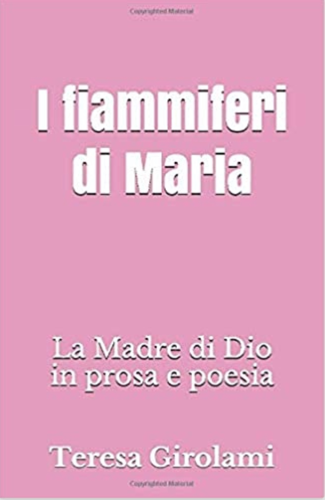13. As we scan the pages of the Gospel, many women, of different ages and conditions, pass before our eyes. We meet women with illnesses or physical sufferings, such as the one who had "a spirit of infirmity for eighteen years; she was bent over and could not fully straighten herself" (Lk 13:11); or Simon's mother-in-law, who "lay sick with a fever" (Mk 1:30); or the woman "who had a flow of blood" (cf. Mk 5:25-34), who could not touch anyone because it was believed that her touch would make a person "impure". Each of them was healed, and the last-mentioned - the one with a flow of blood, who touched Jesus' garment "in the crowd" (Mk 5:27) - was praised by him for her great faith: "Your faith has made you well" (Mk 5:34). Then there is the daughter of Jairus, whom Jesus brings back to life, saying to her tenderly: "Little girl, I say to you, arise" (Mk 5:41). There also is the widow of Nain, whose only son Jesus brings back to life, accompanying his action by an expression of affectionate mercy: "He had compassion on her and said to her, 'Do not weep!'"(Lk 7:13). And finally there is the Canaanite woman, whom Christ extols for her faith, her humility and for that greatness of spirit of which only a mother's heart is capable. "O woman, great is your faith! Be it done for you as you desire" (Mt 15:28). The Canaanite woman was asking for the healing of her daughter.
Sometimes the women whom Jesus met and who received so many graces from him, also accompanied him as he journeyed with the Apostles through the towns and villages, proclaiming the Good News of the Kingdom of God; and they "provided for them out of their means". The Gospel names Joanna, who was the wife of Herod's steward, Susanna and "many others" (cf. Lk 8:1-3).
Sometimes women appear in the parables which Jesus of Nazareth used to illustrate for his listeners the truth about the Kingdom of God. This is the case in the parables of the lost coin (cf. Lk 15: 8-10), the leaven (cf. Mt 13:33), and the wise and foolish virgins (cf. Mt 25:1-13). Particularly eloquent is the story of the widow's mite. While "the rich were putting their gifts into the treasury... a poor widow put in two copper coins". Then Jesus said: "This poor widow has put in more than all of them... she out of her poverty put in all the living that she had" (Lk 21:1-4). In this way Jesus presents her as a model for everyone and defends her, for in the socio-juridical system of the time widows were totally defenceless people (cf. also Lk 18:1-7).
In all of Jesus' teaching, as well as in his behaviour, one can find nothing which reflects the discrimination against women prevalent in his day. On the contrary, his words and works always express the respect and honour due to women. The woman with a stoop is called a "daughter of Abraham" (Lk 13:16), while in the whole Bible the title "son of Abraham" is used only of men. Walking the Via Dolorosa to Golgotha, Jesus will say to the women: "Daughters of Jerusalem, do not weep for me" (Lk 23:28). This way of speaking to and about women, as well as his manner of treating them, clearly constitutes an "innovation" with respect to the prevailing custom at that time.
This becomes even more explicit in regard to women whom popular opinion contemptuously labelled sinners, public sinners and adulteresses. There is the Samaritan woman, to whom Jesus himself says: "For you have had five husbands, and he whom you now have is not your husband". And she, realizing that he knows the secrets of her life, recognizes him as the Messiah and runs to tell her neighbours. The conversation leading up to this realization is one of the most beautiful in the Gospel (cf. Jn 4:7-27).
Then there is the public sinner who, in spite of her condemnation by common opinion, enters into the house of the Pharisee to anoint the feet of Jesus with perfumed oil. To his host, who is scandalized by this, he will say: "Her sins, which are many, are forgiven, for she loved much" (cf. Lk 7:37-47).
Finally, there is a situation which is perhaps the most eloquent: a woman caught in adulterv is brought to Jesus. To the leading question "In the law Moses commanded us to stone such. What do you say about her?", Jesus replies: "Let him who is without sin among you be the first to throw a stone at her". The power of truth contained in this answer is so great that "they went away, one by one, beginning with the eldest". Only Jesus and the woman remain. "Woman, where are they? Has no one condemned you?". "No one, Lord". "Neither do I condemn you; go, and do not sin again" (cf. Jn 8:3-11).
These episodes provide a very clear picture. Christ is the one who "knows what is in man" (cf. Jn 2:25) - in man and woman. He knows the dignity of man, his worth in God's eyes. He himself, the Christ, is the definitive confirmation of this worth. Everything he says and does is definitively fulfilled in the Paschal Mystery of the Redemption. Jesus' attitude to the women whom he meets in the course of his Messianic service reflects the eternal plan of God, who, in creating each one of them, chooses her and loves her in Christ (cf. Eph 1:1-5). Each woman therefore is "the only creature on earth which God willed for its own sake". Each of them from the "beginning" inherits as a woman the dignity of personhood. Jesus of Nazareth confirms this dignity, recalls it, renews it, and makes it a part of the Gospel and of the Redemption for which he is sent into the world. Every word and gesture of Christ about women must therefore be brought into the dimension of the Paschal Mystery. In this way everything is completely explained.
[Pope John Paul II, Mulieris Dignitatem]












